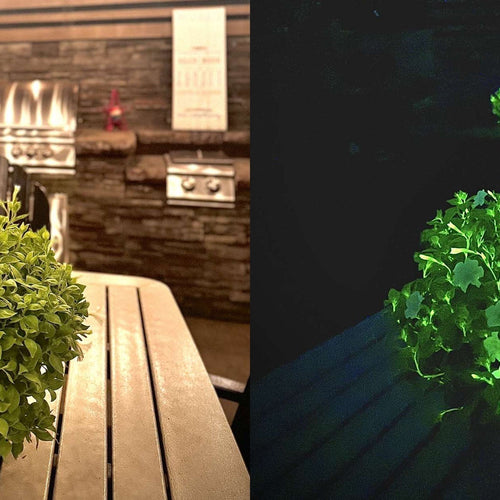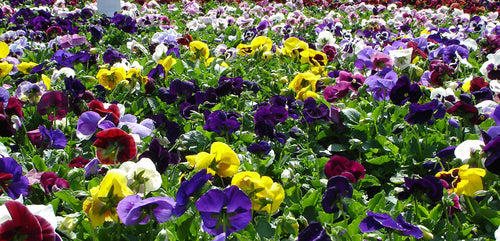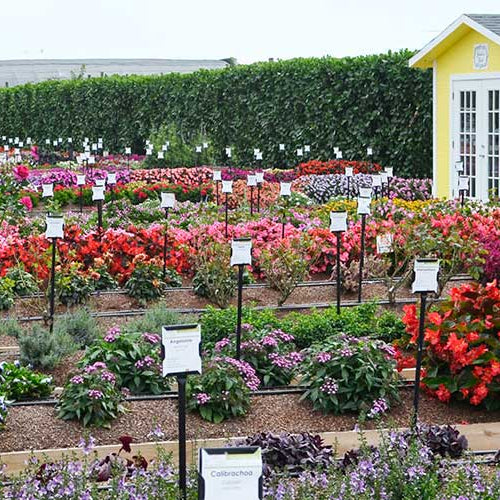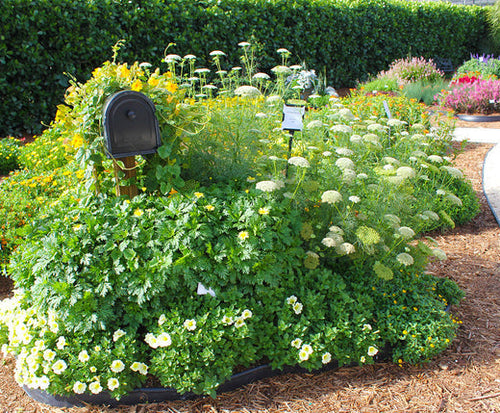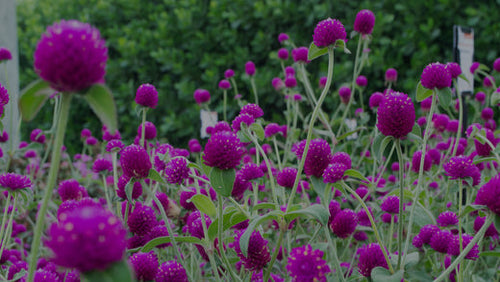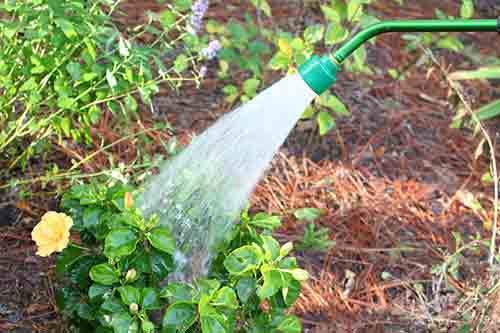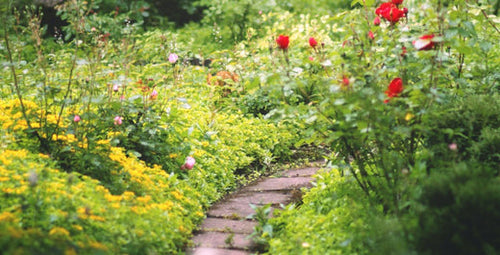Living in both Florida and Iowa means that I’ve never really had to deal with a sloping yard. Sure, both states do have rolling hills here and there, but for the most part, flat backyards are pretty standard.
But, as a garden writer I’ve traveled the country visiting home gardens in almost every type of situation—from canyon-like back yards to front yards that are so steep they could easily double as ski slopes in the winter. So, when I see a well-designed garden on steeply sloping site, I can’t help admire the ingenuity it took to transform it into a working garden.
Certainly, farmers have been using terraces to grow crops on mountainous terrain for thousands of years. Today, gardeners use the same principles of design on a much smaller scale in the home landscape. Instead of trying to mow on an incline (talk about backbreaking work), the property is divided up into a series of level spaces by sturdy retaining walls. And, besides creating useable garden space, terraces also help minimize erosion after heavy storms.

Last summer, on a trip to Minneapolis, my wife Karen and I walked by this home with a truly impressive landscape that’s skillfully tucked into a super steep hillside. Local fieldstone was used to create a tiered showcase of gorgeous perennial borders. What I really like is that each tier is held in place by a series low rock walls that are partially hidden by the flowers. This way, the yard looks less fortress-like and more welcoming.
Each of the beds is packed with native perennials that easily thrive in a Minnesota climate. Black-eyed Susan, purple coneflower, coreopsis, Joe pye weed, and bee balm bloom from summer through fall and rarely require supplemental watering or maintenance—ideal for a challenging space. And, best of all, there’s not a tuft of grass to mow.
Of course, if you have a gently sloping yard, you don’t have to go to such great lengths to eliminate mowing chores. A simple wall of railroad ties or boulders is all you need to level hilly spots around your home and give yourself more space to garden. Plus, with a stone wall you can tuck perennials and annuals into its nooks and crannies to add a new level of color and interest to your landscape.

Here, for example, white scaevola, variegated plectranthus, and ivy tumble over the top of a stone wall creating a welcome veil of color. Other top low growing beauties to plant on walls include: hens and chicks, sweet alyssum, sedum, sandwort, ajuga, armeria, candytuft, creeping Jenny, woodland phlox, portulaca, and euphorbia.
Just remember to install a drainage pipe along the base of the wall to funnel off excess water. Walls over four feet tall may need additional engineering, so consult a landscape designer before undertaking such a major project.
Written by Doug Jimerson





